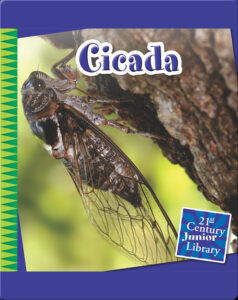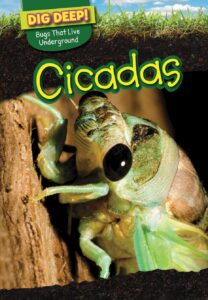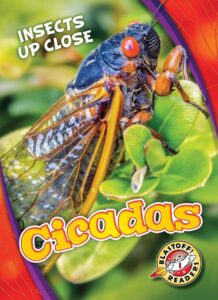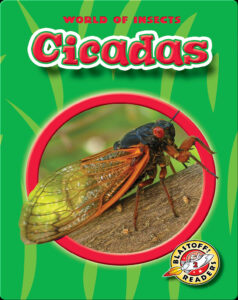LIBRARY BLOG
Four Fun Facts About Cicadas
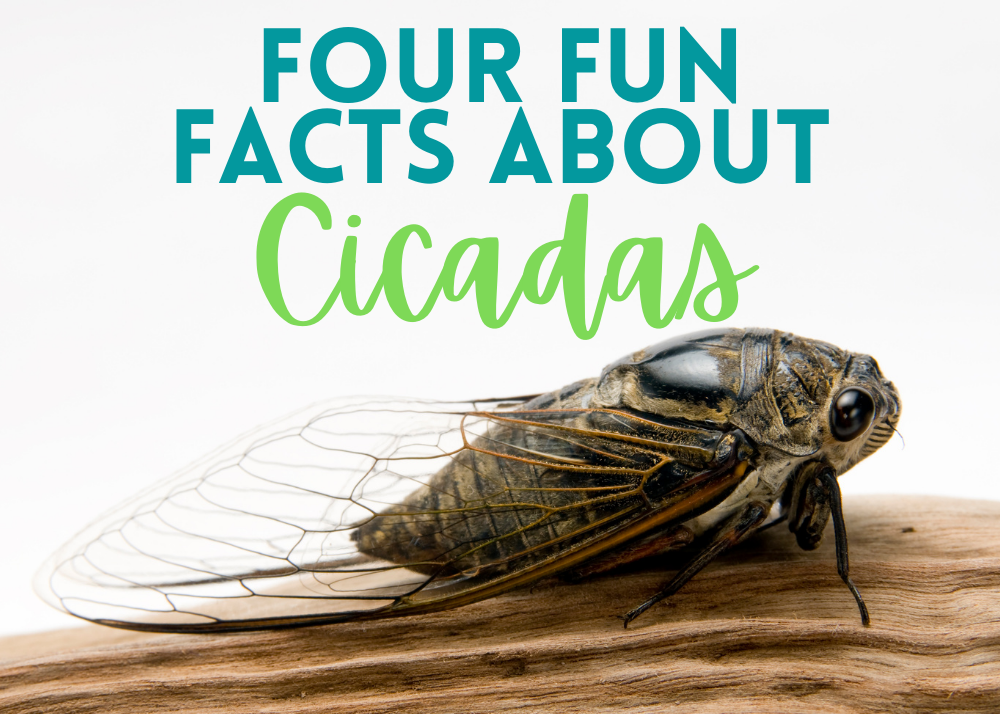
June 20th marked the first day of summer, but the cicadas have already joined us. All day and night you can hear their siren song of lawn mower engines floating from the trees and bushes. This song, a staple of southern summers, along with the empty exoskeltons that they leave behind and many of us were fascinated with as children.
But outside of this, not many of us know very much about these mysterious and noisy creatures. I did some digging and gathered five facts and a little bit of history and lore about these musical creatures.
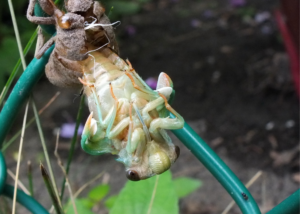
They Live Long Lives
Female cicadas dig holes into the branches of trees and lay their eggs in these protected areas. Once the eggs hatch, the baby cicadas, called nymphs, crawl down the tree and burrow down into the ground. While snuggled deep in the ground under the tree the cicada nymphs continue to grow, shedding the exoskeletons several times in the process. While most species of cicadas stay below ground for only a couple of years, there are two species that will hide out for over a decade-one for thirteen years and one for seventeen. The seventeen year brood is known as Brood X and they are emerging this year! People that leave in the southeast portion of the United States will begin seeing this brood emerge this summer. When they emerge and perform their final molt into adulthood, the cicadas will have wings and can live for about four more weeks.
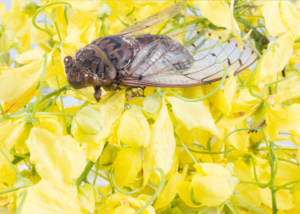
They Are the Loudest Insects in the World
There is no mistaking the song of a cicada when you step outside on a hot summer evening. The song that the male cicadas produce is the mating call to the females of the species. This siren song is actually louder than a lawnmower. In order to produce this cacophony, the male cicadas use their tymbals located on their abdomen.
If the song reaches an interested female cicada she will answer back with a click of her wings. While she is not technically singing back, it will definitely catch the male’s attention. Humans can mimic this sound with their fingers, and if you are wanting to attract a cicada’s attention, too, just a quick snap of your fingers will do it!
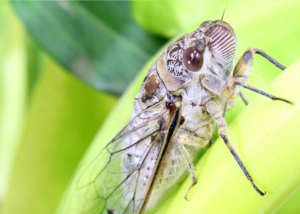
Their Favorite Food is Tree Sap
Both adult and baby cicadas feast on tree sap. When cicada nymphs burrow underground they dig close to the roots of the tree. There, they attach themselves and feast on the nutrious sap while they grow.
Once they nymphs are ready to enter the adult phase of their lives and the dig their way above ground, they don’t leave their diet behind. The adults will dig through a tree’s bark and continue to eat the sap. Their diet can often harm young trees, sometimes beyond saving, but most older and well established trees can usually bear the damage with little or no lasting effects.
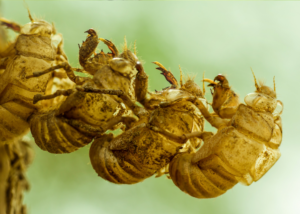
They Live on Every Continent But Antartica
Cicadas can be found all over the world, execpt for Antartica. It is just too cold for trees there and tree sap is a necessary part of the cicada’s diet.
Periodical broods, like Brood X that is hatching this year, are only found on North America. In fact, they are only found in the middle and eastern parts of the U.S. These broods can be so prolific that they often become a nuisance. People have reported having a hard time walking down sidewalks without stepping on them. Once, someone even wrote a cookbook as a solution to being overrun by cicadas. Those that have tried them report that they tasted like canned asparagus. Yum!
Recommended Books
Sources:
- Buellis, Linda. Cicadas. PowerKids Press, 2017.
- “Cicadas, Facts and Photos.” Animals, www.nationalgeographic.com/animals/invertebrates/facts/cicadas.
- Leaf, Christiana. Cicadas. Bellweather Media. 2018.
- “Periodical Cicadas.” National Wildlife Federation, www.nwf.org/Educational-Resources/Wildlife-Guide/Invertebrates/Periodical-Cicadas.
- Sexton, Collen. Cicadas. Epic! 2007.
- Shoulders, Mike. Cicadas. Cherry Lake Publishing. 2015.
-Naomi Hurtienne Magola, Youth Services Librarian

